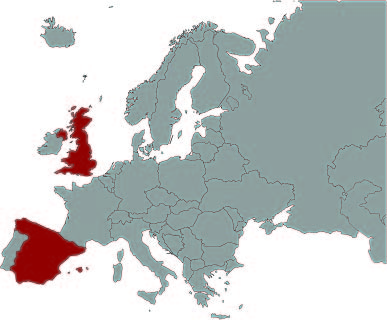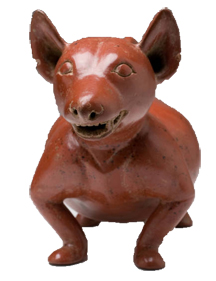
 copy.jpg)
Visual artists took two different routes when depicting the theories of Breton and Freud. Some artists, like Stella Snead, used realistic techniques to mimic hallucinatory dreams. Others, such as Joán Miró, attempted to banish all conscious control in order to explore the unconscious. Surrealist art such as Miró's appears whimsical due to its improvised nature. The horrors of World Wars I and II and the Great Depression of the 1930s impacted both Miró and Snead, even though the paintings shown here were made decades after these events. By emphasizing the subconscious in their art, these artists may have found and provided a diversion from these and other difficult times.
Stella Snead, English (1910-2006)
22 inches H; 29 inches W
Gift of David T. Owsley via the Alconda-Owsley Foundation
2001.006.000
Joán Miró, Spanish (1893-1983)
9 inches H; 15 inches W
Administrative transfer from the Alexander Bracken Library, Ball State University
1991.062.006
1914 World War I begins.
1929 The Stock Market crashes; Great Depression begins.
1936 The New Deal employs artists across the U.S.
1941 Japanese bomb Pearl Harbor.




